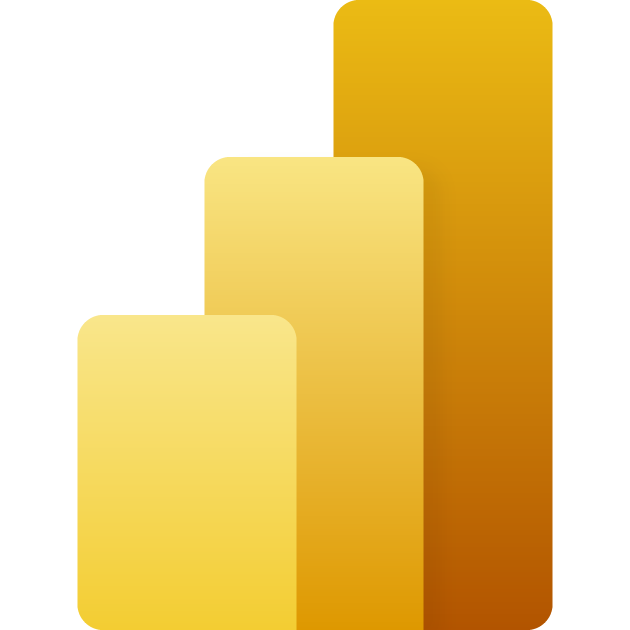NYPD SERVICE CALLS
This project aimed to conduct an exploratory analysis
of 911 calls dispatched to the NYPD.
Tools used:
I explored this dataset in an attempt to answer my questions.
Is there an increase in 911 calls, and does this match with the increase in crime reported on the news?
Has there been an increase in calls from last year to this year?
What can be revealed while looking through the data?
Project Premise:
PROJECT GOAL:
Use the provided data to answer the questions and...
Try to see if I can use the data to answer the questions and see if it can answer other questions that sprout from working on this project.
Think of how to present my analysis and inspire someone to look through the data via a dashboard.
APPROACH:
First, I needed to get some familiarity with the data while trying to build tables.
Power Query in Power BI:
Get familiar with the column titles and definitions.
See if the current information in the data answers my opening questions.
Start thinking about what else to answer my opening questions and whether they lead to other significant or connecting questions.
Do a fundamental analysis of each and set of columns to find labeling and other errors, duplicates, and blanks.
Take note of columns I would use to answer my questions and if they have errors or blanks.
Build out fact tables by referencing instead of duplicating the main table. If there are any changes, the reference table will be updated.
Check spelling and adjust the fact table’s information to improve accuracy and make updates.
Create a calendar table using parameter inputs for easy updates if needed.
Model View:
Build out the data model and hide columns I don’t want visible in the report view.
Make a Measures table to hold and organize all measurements.
Report View:
Test basic measurements and newly created measurements using a matrix table.
Build more measurements to answer connecting questions that came up from the project.
Refine my line of questions to develop some context and relational information.
I realized that one of my starting questions wouldn’t be answered because the data was limited in time range, but I could modify the question to the data I had. This opened up other questions I could answer from the data.
Illustrator and Photoshop:
I start with basic page layout blocking in Illustrator, with crude charts, to understand the layout flow.
Get a general idea of what will be shown and how. This will direct how the blocks work together.
Finish up a reference and bring an example into Power BI.
Power BI:
Layout the information according to the base layout.
Build measurements, new tables, and columns to support abbreviations or supporting information to display the information according to the layout.
Build utility measurements.
Test the UI and adjust. (I changed direction slightly because I wanted to use a different KPI.)
Change the chart to have more clarity and less confusion.
Adjust layout and utility measurements.
Test UX/UI.
I found a way to update some of the missing and incorrect data. It doesn’t affect the overall numbers much, but updating the information was good practice.
I had to find the longitude and latitude for some addresses and vice versa to see which borough the data point belonged to. This allowed me to determine which precinct the address would be assigned to.
Conclusion:
Through this project, I learned about shape maps in Power BI and gained additional experience creating a timetable to gain more insights. The project also helped me estimate the time it takes for help to arrive after an incident, which was a fascinating and helpful mental note that I would not have considered otherwise.
